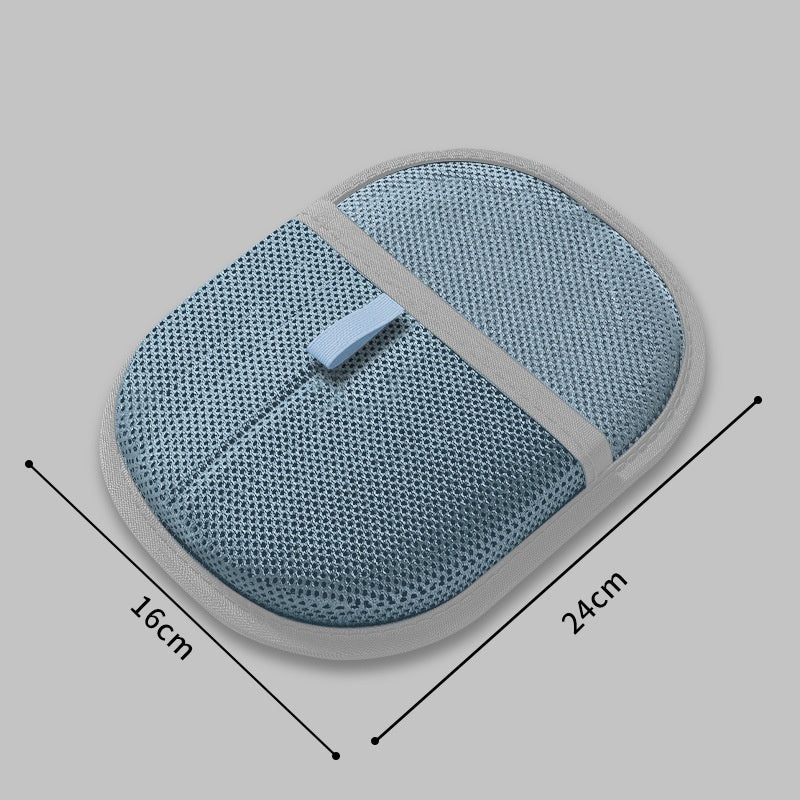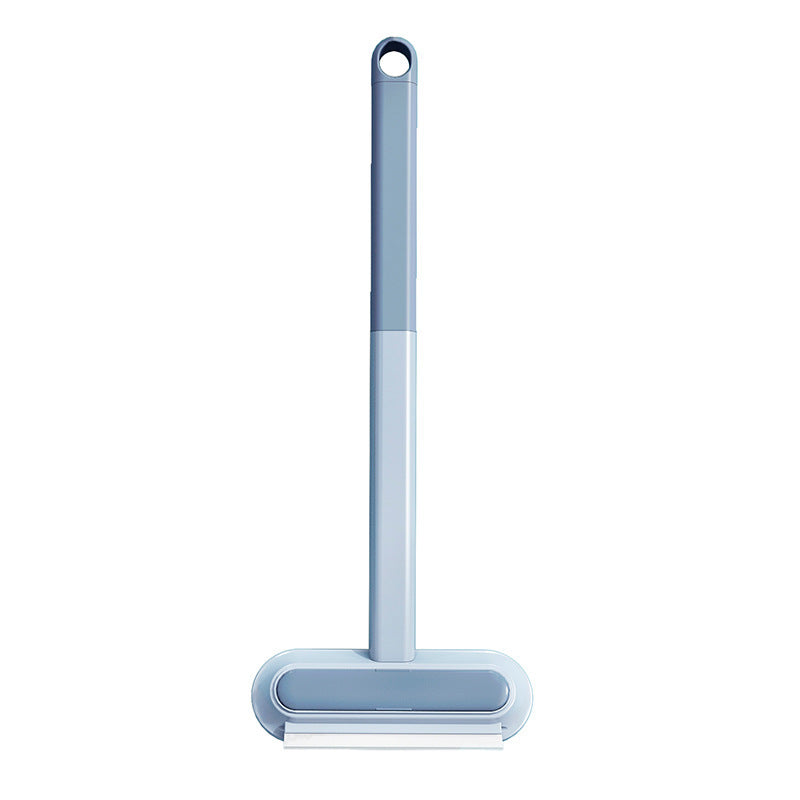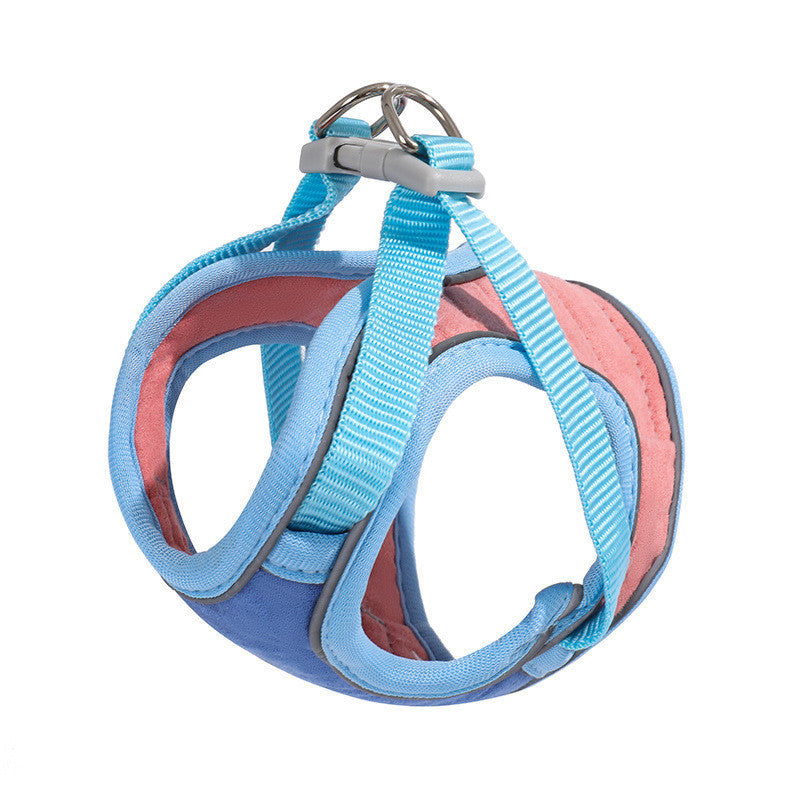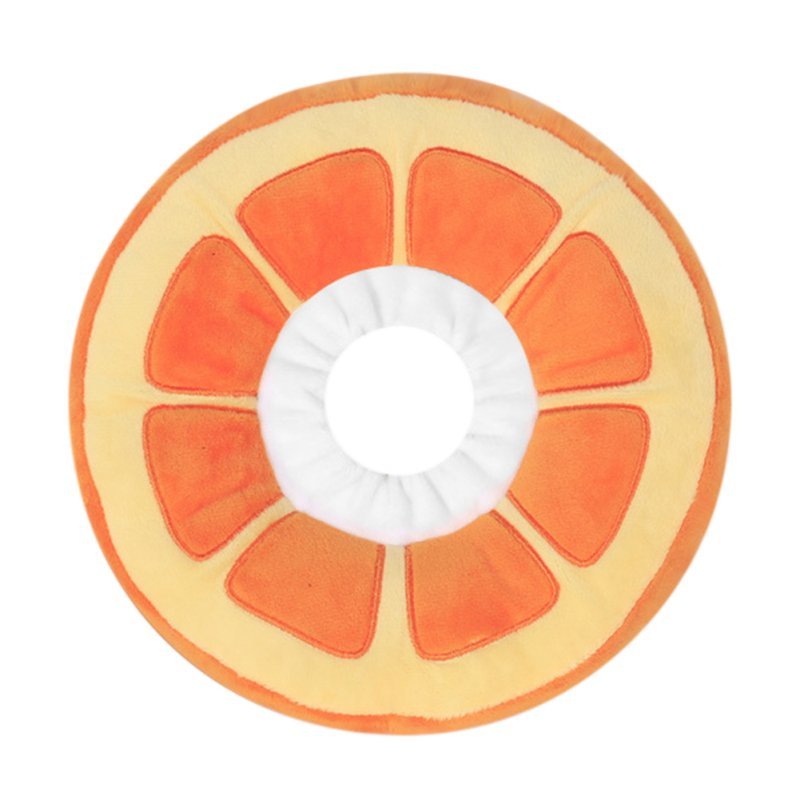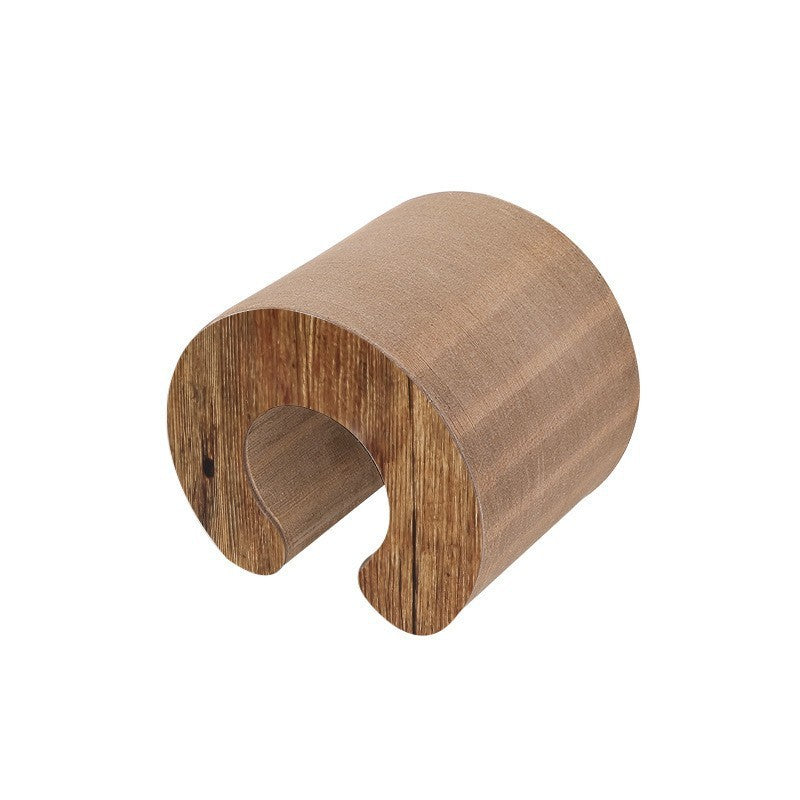One of the most significant decisions cat owners face is whether to let their feline friends explore the outdoors or keep them exclusively indoors. This choice affects not only your cat's safety and health but also their quality of life and environmental impact. In this blog, we'll examine both perspectives to help you make an informed decision that works for your unique situation.
Lifespan considerations: Indoor cats typically live significantly longer than their outdoor counterparts; often 10-15 years versus 2-5 years for cats with outdoor access. This dramatic difference stems from reduced exposure to dangers like traffic, predators, poisons, and diseases that outdoor cats regularly encounter.
Health risks: Outdoor cats face higher risks of parasites, infectious diseases, and injuries from fights with other animals or accidents. Even brief outdoor excursions increase exposure to feline leukemia, FIV, and other serious illnesses that can be contracted through contact with infected cats.
Environmental enrichment: The primary argument for outdoor access centers on natural enrichment; opportunities to climb, hunt, and explore that indoor environments might not fully replicate. However, thoughtfully designed indoor spaces with vertical territory, hunting simulations, and sensory stimulation can provide many of these benefits safely.
Wildlife impact: Outdoor cats, even well-fed ones, are instinctive hunters that can significantly impact local bird and small mammal populations. Conservation concerns have led many organizations to advocate for keeping cats indoors or in contained outdoor spaces.
Australian pet cats allowed to roam are responsible for killing hundreds of millions of native animals each year, estimated at up to 546 million animals annually, including 323 million native mammals, birds, and reptiles. In response, many Australian organizations now recommend keeping cats indoors or in secure outdoor enclosures to protect both cats and wildlife. For example, 1.6 million pet cats in Australia are now contained 24 hours a day by responsible owners, but the vast majority (71%) still roam and hunt.
| Feature | Indoor Cats | Outdoor Cats |
|---|---|---|
| Average Lifespan | Longer (reduced risk) | Shorter (higher risk) |
| Health Risks | Lower | Higher (disease, injury, parasites) |
| Wildlife Impact | Minimal | Significant (546 million animals/year) |
| Enrichment | Requires effort (toys, climbing, play) | Natural (hunting, exploring) |
| Safety | High | Low (traffic, predators, poisons) |
| Percentage in Australia | ~30% (strictly indoors), but many have some outdoor access | ~70% roam and hunt |
Compromise solutions: Many cat owners find middle ground through supervised outdoor time, cat-proof fenced yards, catios (enclosed outdoor patios), or harness training for walks. These options provide environmental stimulation while minimising risks associated with free roaming.
Transitioning to Indoor Living
- Assess Your Cat’s Needs: Consider your cat’s personality and current habits.
- Create an Enriched Environment: Provide vertical spaces, interactive toys, scratching posts, and window perches.
- Supervised Outdoor Time: Use a harness and leash for walks, or build a catio for safe outdoor exploration.
- Regular Play and Exercise: Schedule daily interactive play sessions.
- Monitor Health: Keep vaccinations up to date and schedule regular vet check-ups.
- Gradual Transition: If your cat is used to being outdoors, gradually reduce outdoor time while increasing indoor enrichment.
























